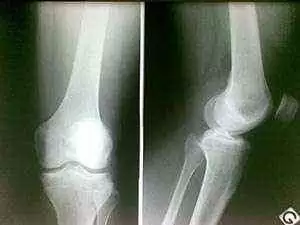The following was written by Dr. Joseph Murray, one of the leading USA physicians in the diagnosis of celiac disease (celiac disease) and dermatitis herpetiformis (DH). Dr. Murray (Open Original Shared Link) of the Mayo Clinic Rochester, MN, is a gastroenterologist who specializes in treating Celiac disease:
Celiac.com Sponsor (A12):
In response to your questions about DH, The following represents my views about this curious and very itchy condition. In general DH is a severely itchy skin condition that often starts abruptly, affecting the elbows knees buttocks and scalp and the back. It usually starts as little bumps that can become tiny blisters and then are usually scratched off. It can occur in one spot only but usually occurs in many different areas. The condition is related to the deposit under the skin of IgA deposits. These occur in response to the ingestion of gluten in the diet. However, once deposited there, they are only slowly cleared by the body even when the individual is gluten free. While most individuals with DH do not have obvious GI symptoms almost all have some damage in their intestine. They the potential for all of the nutritional complications of celiac disease.
The diagnosis is made by taking a skin biopsy and performing immunoflorescence studies on it (a specialized type of stain in major laboratories) The test is usually reliable but it takes a significant dedication to detect early cases where there is a short history of rash rather than years or months of rash. It is unusual to develop DH after the start of a GFD for celiac disease. About 5 % of celiac disease patients will develop DH usually in the first 6-12 months. This probably reflects the long lasting nature of the deposits under the skin.
Treatment for DH is twofold. (1) Remove the cause: gluten. (2) Suppress the skin response with drugs such as Dapsone or some other sulphones. The latter is the most common treatment used as it is rapidly relieves the itch. However there are some side effects associated with these medications and they need to be taken under medical monitoring with blood tests to detect side effects. It is my practice that DH should be treated with a gluten-free diet for life and use of drugs to get immediate relief in the short term. It is usually possible to get patient off the Dapsone after several months of a strict gluten-free diet.
The most common complication of DH is scarring which usually fades with time. Occasionally there can be secondary infection from scratching. There is probably a slightly increased chance of malignancy in those with DH who are not on a gluten-free diet. Several physical triggers are known to set off an attack of DH, especially exposure to iodides and bromides which are contained in household cleaners. A very good reference for DH is available from the GIG in Washington.





Recommended Comments